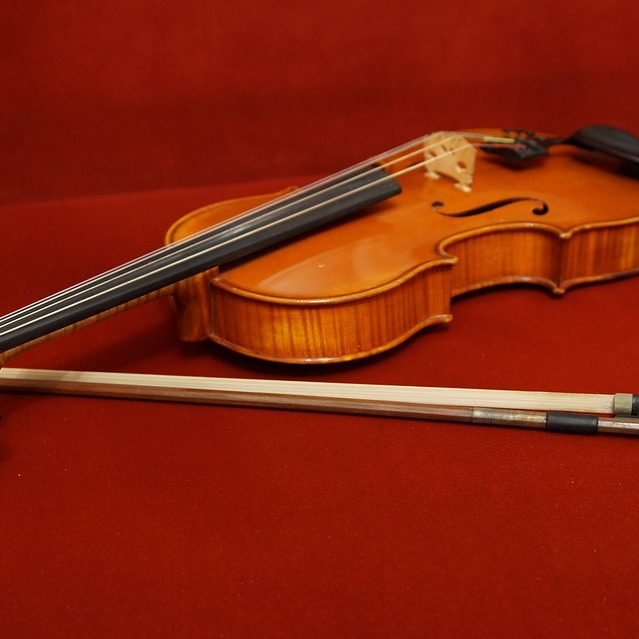Viola Lessons IN BURR RIDGE
The viola is primarily an orchestral and chamber music instrument, but it is also heard in jazz, folk, rock and pop music as well.
Famous classical viola players include Lionel Tertis, Paul Hindemith, Walter Trampler, Theophile Laforge, Vadim Borisovsky, Maurice Vieux, Lillian Fuchs, William Primrose, Frederick Riddle and Ernst Wallfisch. Well known jazz viola players include Leroy Jenkins, Mat Maneri and Will Taylor.
Rock/pop bands that have used the viola include The Who, The Cure, The Beatles, Van Morrison, and the 10,000 Maniacs. Folk musicians Mary Ramsey, Helen Bell, and Nancy Kerr have used the viola in their work.
Burr Ridge
Location:
92 Burr Ridge Parkway
Burr Ridge, Illinois 60527
Phone: 630-581-5106
Email: info@belcantomusicacademy.com
Naperville
Location:
121 S Webster Street,
Naperville, Illinois 60540
Phone: 331-226-2055
Email: naperville@belcantomusicacademy.com

